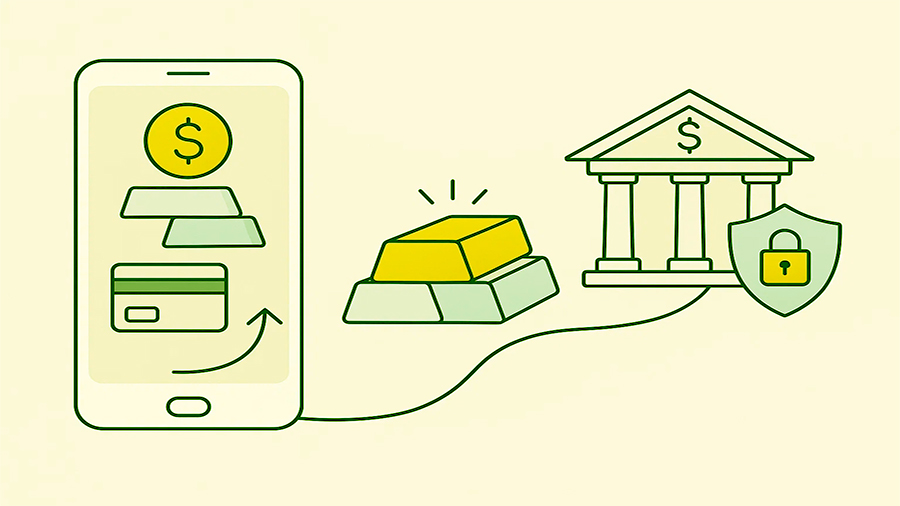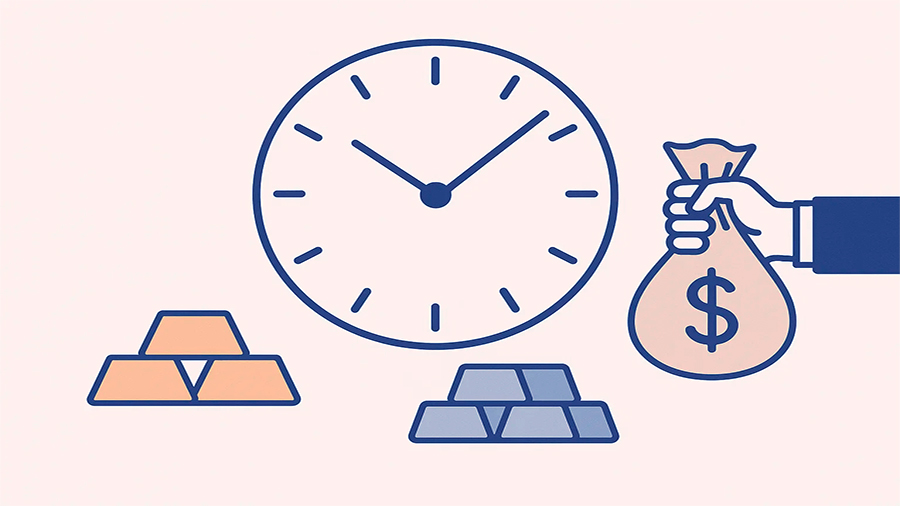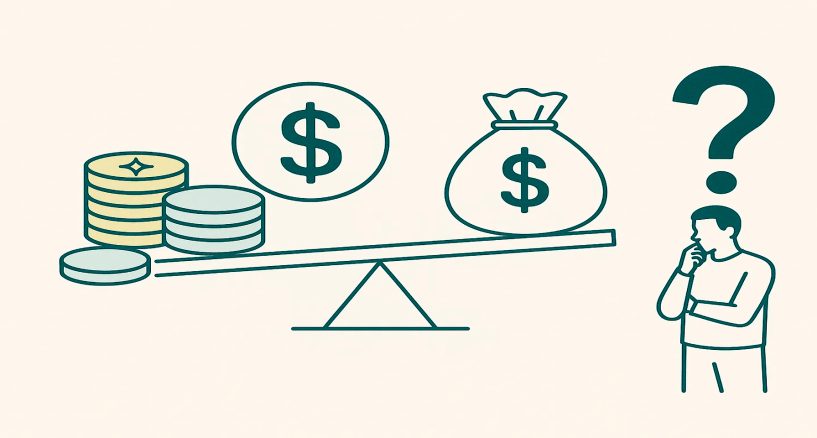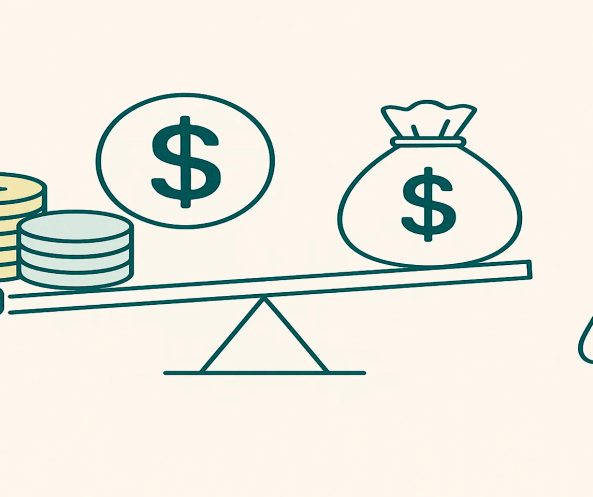Loans for Investing in Gold and Silver: Weighing Risks and Opportunities in Changing Global Conditions
Is It Worth Taking Out a Loan to Invest in Gold and Silver?
Gold and silver have always carried an aura of safety. In times of inflation, geopolitical stress, or financial instability, investors often turn to precious metals as a form of insurance. Buying them with savings feels logical, but borrowing money to invest in these assets raises difficult questions. A loan introduces repayment obligations, interest costs, and exposure to price cycles that can move unpredictably. For some, the opportunity to amplify gains is tempting. For others, the risks outweigh the shine. Understanding when borrowing makes sense—and when it does not—requires looking at motives, timing, hidden costs, and the way financial markets are changing.
Why Investors Consider Borrowing
Many investors look at loans as a way to increase buying power. If they believe gold will climb during a period of high inflation, or that silver will benefit from strong industrial demand, borrowing to buy more of these metals can appear rational. Unlike stocks or property, precious metals are not tied to one sector—they are global, liquid, and historically resilient during shocks. Silver adds another angle: it is volatile and can deliver bigger short-term gains, making it attractive for speculative borrowers. The idea is straightforward: if the return on metals outpaces loan interest, the trade pays off. This kind of leverage has always been part of commodities markets, though in gold and silver it feels unusual because these are assets most investors see as “safe.” Mixing leverage with safety creates a paradox that fascinates some and alarms others.
The Risks Hidden Behind the Shine
Beneath the attraction of loans lies the reality that gold and silver do not generate cash flow. Stocks pay dividends, real estate produces rent, but metals simply sit in a vault or account. This means loan repayments must come from income elsewhere or from selling the metals at a profit. If prices stagnate or decline, the borrower is left covering interest and principal out of pocket, while the metal’s value lags behind. This double exposure can quickly erode financial stability. Another risk is timing: markets move freely, but loans have fixed repayment schedules. An investor who buys at the wrong moment could face heavy payments before metals recover in price. In these cases, debt turns the promise of stability into an additional burden.
Timing as the Decisive Factor
Gold and silver both move in cycles. There are periods where inflation, currency weakness, or political crises push prices up sharply, making loans appear justified. But there are also long stretches when metals trade flat or fall. Borrowing during these periods creates frustration, because the loan clock keeps ticking while the market offers no support. Historical examples show this mismatch clearly. Investors who borrowed at gold’s 2011 peak had to wait nearly a decade before prices fully recovered, far longer than most loan maturities. Timing, therefore, is not just important—it is decisive. Without strong conviction about near-term conditions, borrowing to invest in metals can trap investors in obligations that outlast the cycle they hoped to exploit.

When It Might Make Sense
Despite the risks, there are cases where loans for precious metals can be reasonable. Low interest environments reduce the cost of borrowing, making it easier for returns to outpace debt service. Investors with highly stable incomes may also find the risk acceptable if the loan is modest relative to their earnings. Institutions sometimes borrow to buy bullion as part of hedging strategies, because they can offset risks elsewhere. For individuals, it makes sense only when the purchase forms part of a larger portfolio plan—using gold as a hedge, silver as diversification, and the loan as a temporary tool. The key is proportion. Borrowing should never exceed what can comfortably be repaid even if metals underperform for years.
How to Avoid Overpaying
The danger for many borrowers is not the purchase price itself but the extra costs attached to financing. High-interest loans, credit card balances, or fees for storage and insurance can transform a good investment into a loss. To avoid overpaying, investors must calculate break-even points: how much gold or silver would need to rise just to cover interest and costs. Choosing the wrong type of loan—short-term credit with punitive rates—can be disastrous. A disciplined approach means avoiding leverage when metals trade near historic highs, comparing financing options carefully, and ensuring liquidity is sufficient to repay without stress. Overextension is the path most borrowers regret.
A Forward-Looking Perspective
The landscape of borrowing to invest in precious metals is changing. Digital platforms and fintech innovations are reshaping how people access credit and buy assets. Some apps already allow fractional purchases of gold and silver with embedded credit features, blurring the line between savings and borrowing. Banks are testing products that combine loans with built-in storage and insurance, simplifying the process for clients. These changes could make borrowing easier, but they also raise the risk of hidden leverage, especially for younger investors who value convenience over caution.
Digital Platforms Offering Credit-Linked Gold
In the near future, investors may be able to log into an app and instantly buy fractional gold backed by a small automatic loan. Repayments could function like monthly subscriptions, making borrowing feel less like a financial commitment and more like a service. This lowers entry barriers but also risks normalizing debt, encouraging investors to overextend without realizing the long-term impact of their decisions.

Tokenized Metals and Smart Contracts
Tokenization may create another shift. If gold and silver are represented as blockchain tokens, loans could be issued automatically against them through smart contracts. Collateral requirements would update in real time, and contracts might liquidate small portions if market prices fall. This creates efficiency and reduces disputes, but it also introduces risks—technical failures, security breaches, or rigid algorithms could leave investors exposed in ways they do not fully understand.
ESG and Sustainable Precious Metals
The drive toward ethical finance could also affect lending tied to metals. Banks might offer better rates for gold and silver verified as responsibly sourced, while uncertified assets receive less favorable treatment. Borrowers would then weigh not just financial returns but also the ethical profile of their investments. This could accelerate the trend toward transparency and reshape how loans in this market are structured.
Together, these scenarios show a future where loans for precious metals are faster, more integrated with digital platforms, and increasingly tied to ethical standards. The appeal will grow, but so will the need for careful oversight and personal discipline.
Conclusion
Borrowing to invest in gold and silver is a strategy that balances on a fine line between opportunity and risk. The metals themselves are reliable stores of value, but they do not generate income, leaving borrowers exposed to loan schedules and interest costs. For most individuals, it is only worth considering under favorable conditions: low interest rates, steady income, and a clear role within a broader portfolio. Without these, the shine of precious metals can quickly dull under the weight of debt. The future may bring new ways to borrow for metals, from apps to tokenized systems, but the principle remains the same—discipline and timing determine whether the choice leads to protection or regret.










 Financial Analyst & Luxury Asset Lending Specialist
Financial Analyst & Luxury Asset Lending Specialist